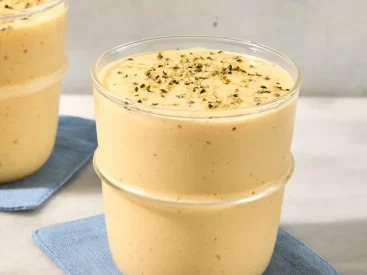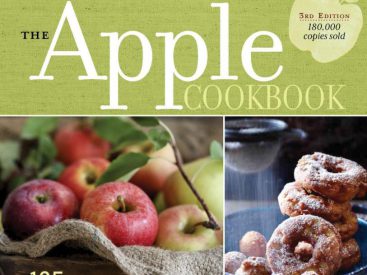Serves 4 white cooked and picked crab meat 80g brown cooked and picked crab meat 80g chilli 1, deseeded and finely chopped parsley 1 tbsp, finely chopped olive oil 1 tbsp lemon juice 2 tbsp unsalted butter 50g salt and pepper For the plain pasta dough 00 pasta flour […]
Delicious!
Delicious!



